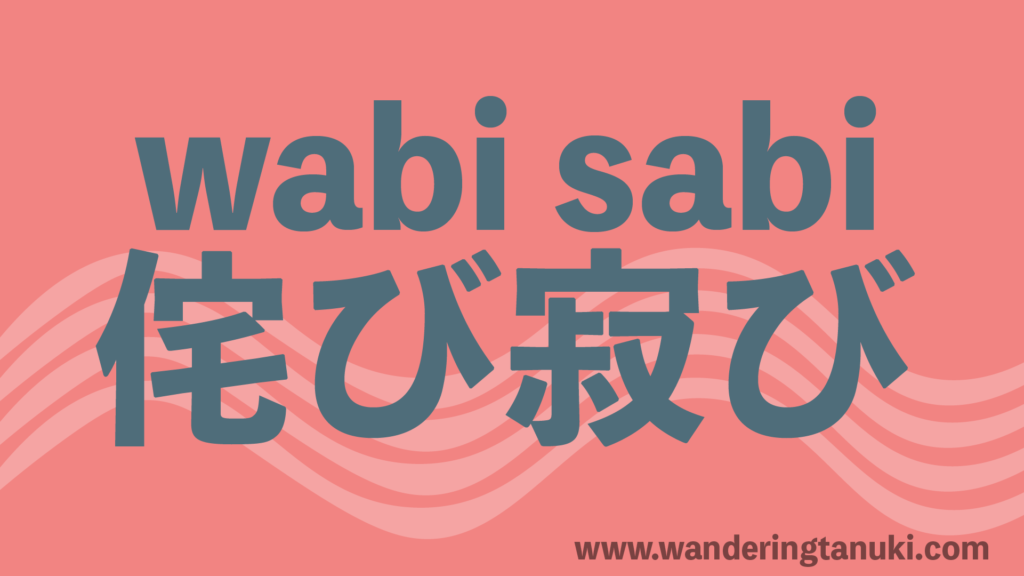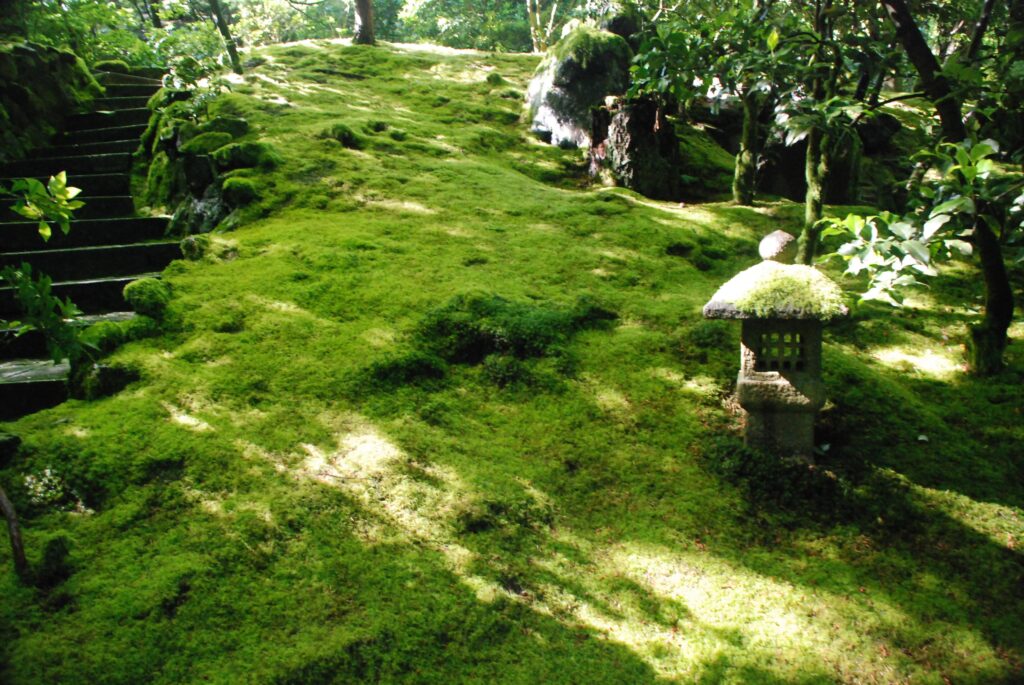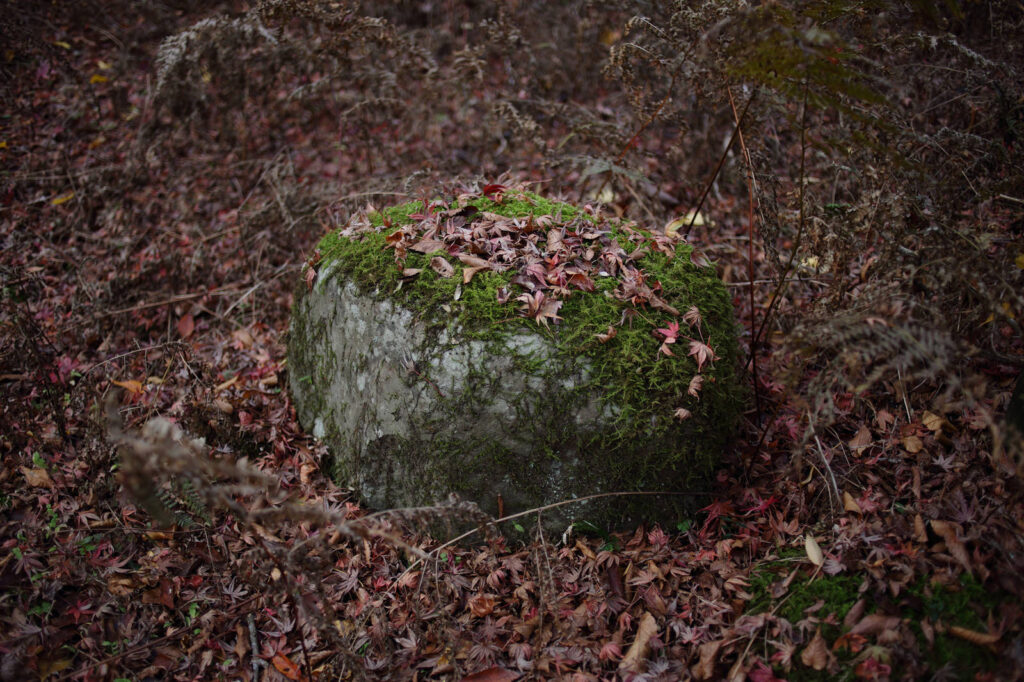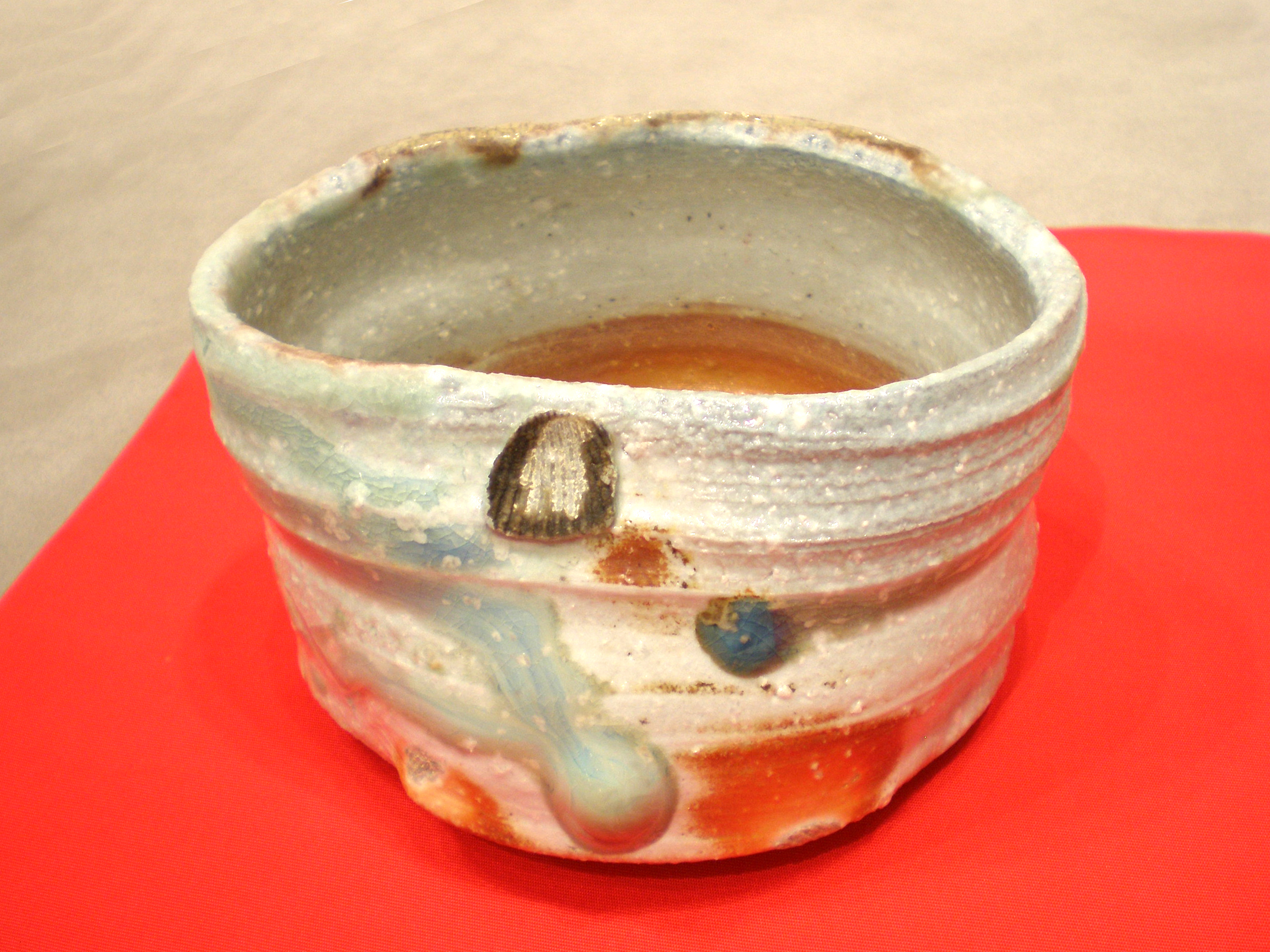The meaning of Wabi Sabi: Japanese art aesthetic
Have you ever wondered what is the meaning of wabi sabi? Sounds like wasabi! It’s actually a beautiful way to describe traditional Japanese aesthetics.
If you’re interested in Japanese art and culture, you may have already encountered this word. In fact, many people outside of Japan have embraced this unique aesthetic and you’ll see this influence in modern art.

Let’s dive into the unique world of wabi sabi!
What does wabi sabi mean?
The word wabi sabi is actually made up of two separate concepts “wabi” and “sabi”. People tend to group them together, but they each have their own meanings

Wabi
Wabi comes from the word 侘しい (wabishii), which means “sadness from not being able to fulfil what you want to do.” Over time, this word came to mean a mentality of accepting your bad situations and even finding joy within it.
Sabi
This is an art aesthetic that finds beauty in quiet and loneliness. It comes from the word 寂ぶ (sabu), which embraces things that have withered away or shown signs of age.
Wabi sabi together
When the two are put together, it combines an emotional feeling (wabi) with an idea about visual beauty like (sabi). The meaning of wabi sabi is basically an aesthetic which finds beauty in imperfection, simplicity, impermanence, nature, and uniqueness.
Wabi sabi history:

Although the two words “wabi” and “sabi” have slightly negative meanings, around the 14th century it started to have positive appeal among Japanese people.
The origins of wabi sabi comes from the meshing of Buddhist ideas from China, with the aesthetic that Japanese people already had.
The concept of enlightenment supports the ideas of wabi sabi. This includes its acceptance and appreciation for nature and the way that things are.
Traditional Japanese Art that uses Wabi Sabi:
Kintsugi
This is a unique type of Japanese art that uses broken pottery and fills in the cracks with a gold lacquer. The result is a beautiful way to repair pottery that also develops its own unique beauty. This relates to wabi sabi because you can find beauty in imperfection.
Japanese poetry

You might think that this aesthetic only applies to visual art, but traditional Japanese poetry also shows these kinds of concepts. Here’s an example of a Japanese haiku by Matsuo Basho written in 1686.
Furuike ya
kawazu tobikomu
mizu no oto.
The loose translation of this poem is that there is an old pond, a frog jumps in, and there is the sound of water. This poem reflects the simple sound and impermanence of the splash of water.
Karesansui

This is a type of Japanese garden that uses rocks and gravel to create a symbolic image of the natural world. The rocks are typically mossy, showing signs of nature and time. The gravel is raked every day into different patterns that can represent the water. In creating a garden that only uses two main elements, there is an appreciation for beauty that exists in something that ordinarily is not significant.
Bonsai

Another type of Japanese art where you can see wabi sabi is in bonsai trees. Bonsai are trees which are cut so that they remain a small size. They are often kept for hundreds of years! Overtime they will grow naturally into different shapes. Japanese people admire these trees for their unique shapes, and the old age that you can feel from the trunks and branches.
Ikebana

This is a traditional art of flower arranging. They tend to focus on asymmetry so that it looks more natural. In ikebana, seasonal flowers and tree branches are the main feature. Unlike what we might think of with western flower arranging, there are usually less flowers in each arrangement. This is to appreciate the simplicity of what is there.
Japanese pottery

In traditional Japanese pottery, you’ll often see natural colors of the clay and variations in symmetry. You can appreciate the uniqueness and the depth of the artist’s work. Each time you look at it, you’ll notice something new!
Japanese Tea ceremonies

The most representative place where you see wabi sabi is in the tea ceremonies. This is because multiple elements combine during these events.
The guests appreciate the natural sounds of the water and the host making the tea. For the most part it is a very quiet ceremony.
The space of the tea house contains art such as ikebana, garden, calligraphy, and architecture. The tea bowls and traditional sweets all have an aesthetic relating to nature and subtlety.
I hope this article helped you to learn more about the meaning of wabi sabi! Next time you’re outside try to find wabi sabi in your daily life. Find the beauty and appreciation in nature and imperfection! For more Japanese culture blog content be sure to check out Important Milestone Birthdays in Japan or Chopstick Etiquette in Japan: Rules you need to know!
~ Tanuki





